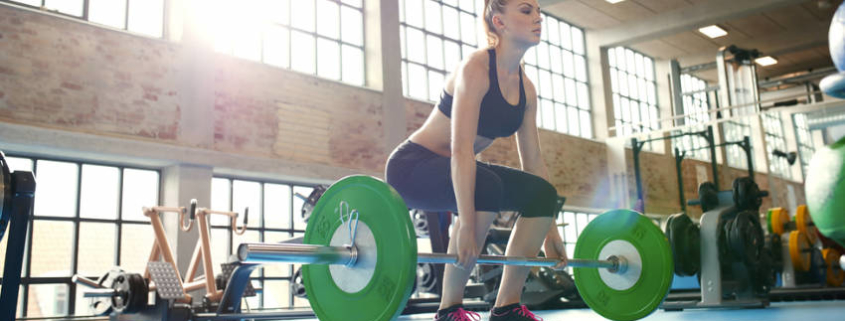Never lift and twist – Rotational deadlifts – Windmills
“Avoid repetitive lumbar flexion as it has been shown to be the damaging mechanism leading to herniations as the nucleus inside the disc breaches the annulus layer by layer with progressive delamination of the layers.”(Callaghan and McGill 2001, McGill et al. 2007, Tampier 2007)
It is natural to use spinal rotation to reach across to grab something but it is unlikely that anyone would repeat these functional movements several times in a row through a full range of movement. But what happens when we bend, lift and add rotation with some sort of a load?
Twisting of the spine affects the discs and spinal joints. Twisting causes the collagen rings of the spinal lower back disc to strain and degenerate whilst the load bearing ability of the disc is substantially reduced with twisting. Rotation, increases the lumbar muscle activation resulting in greater spinal compression on the discs that are already weakened in their twisted state. Additionally, rotation of the spine can cause spinal joint compression which may cause these joints to lock. These movements may initiate spinal degeneration leading to rupture of a disc and cause lower back problems.
Disc herniations are essentially repetitive-use injuries that occur gradually over time. Too many backs are injured by inappropriate training that follows current fads or traditional strength training regimens without understanding the biomechanics of the spine. Some people may round their backs when an exercise involves bending over, twisting and lifting. Such as rotational deadlifts, sandbag twists, windmills etc. Also a lot of people who use great form in all exercises and then pick up dumbbells off the floor with a rounded back.
Deadlift
No matter what the exercise, make sure you keep your back flat with a slight arch in your low back during every movement, especially if there’s added resistance involved. Remember, an exercise that may be good for your muscles may be damaging to your joints. It’s one thing to round your back while you’re bending over to touch your toes, but it’s a far more dangerous situation when you do that with added resistance! The compressive forces of the weight exponentially increase the force placed on the lower back discs. Actions like bending, twisting, and lifting in poor posture create forces that damage the tissues and joints of the spinal column. Many people are unaware of their postures and or how they should move in accordance with natures design.
Osteopaths will help you understand posture, spinal movement and how the spine may be injured. This knowledge is important for injury avoidance and improved sports performance. Functionally, the muscles of the hip girdle, legs, shoulder girdle and arms are designed to create a range of movement. The muscles of the spine are designed to stabilize the movement and transfer the power generated into the hips and shoulders.
Exercise programs, whether for rehabilitation, fitness, or athletic performance, should focus on training the appropriate muscle groups during functional movements while avoiding injury mechanisms. The rule of thumb is if an exercise feels unnatural or awkward or you would not perform that movement in life reevaluate and choose a safer option. You only have one spine.
Osteopathic treatment and biomechanical knowledge combined with the appropriate exercise choices performed with safe technique helps patients retain the ability to perform activities of daily living and achieve their sporting and exercise goals without undue fear or risk of injury.
View a list of common complains that Osteopathy can assist with
Discovery the benefits of Osteopathy
- What is Osteopathy?
- Adult health issues
- Babies and Children
- During and after pregnancy
- Common Complaints
- Testimonials
- Sports Injuries
- Genral Osteopathy FAQs
- The Science & Reasearch



